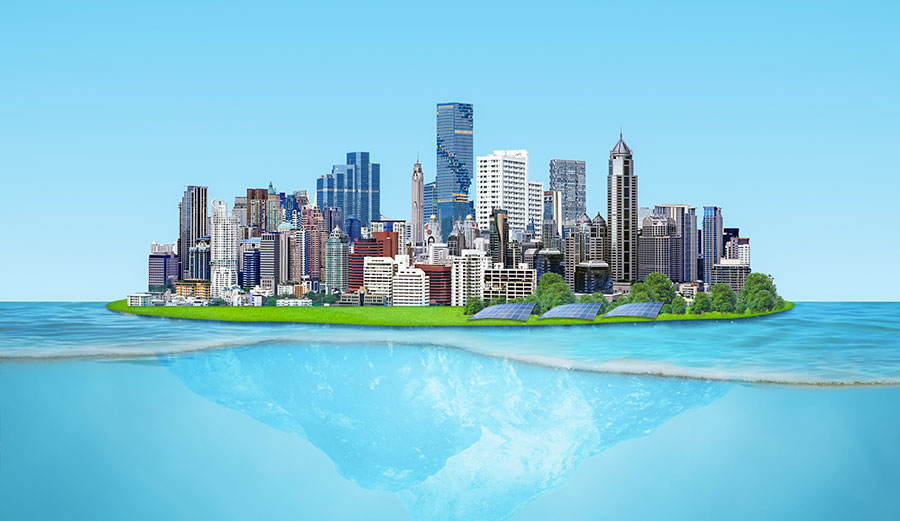How do Cities Adapt to Rising Sea Levels?
As global temperatures continue to rise, sea levels are also on the rise, posing a significant threat to coastal cities worldwide. In order to protect their citizens and infrastructure, cities must adapt to this new reality.
One solution is the construction of sea walls and other coastal defenses. These can help to protect against storm surges and flooding, but they can also have negative impacts, such as disrupting natural coastal processes and causing erosion further down the coast.
Another strategy is "managed retreat," in which cities plan to move people and infrastructure away from vulnerable areas in advance of sea level rise. This can be a difficult and expensive process, but it can also create opportunities for more sustainable land use and development.
Another solution is to increase the elevation of buildings and other infrastructure. In areas where flooding is likely, buildings can be constructed on stilts or raised platforms to keep them above water. Additionally, cities can also install "green infrastructure," such as wetlands, parks and green roofs, to absorb and slow down water during heavy rainfalls.
Natural infrastructure is also a solution, such as preserving wetlands and other natural coastal habitats. These ecosystems can help to protect against flooding and storm surges by absorbing water and breaking up wave energy.
Many cities are also turning to technology to help them adapt to sea level rise. For example, some cities are experimenting with the use of sensors and early warning systems to help predict and respond to floods. Additionally, cities can use computer models to simulate the impacts of sea level rise and different adaptation strategies, helping them to make more informed decisions.
Adapting to rising sea levels is a complex and ongoing process, requiring the cooperation of city leaders, residents, and scientists. With the right strategies and technologies, cities can protect themselves from the effects of sea level rise, while also creating more sustainable and resilient communities.





